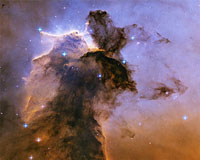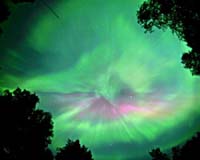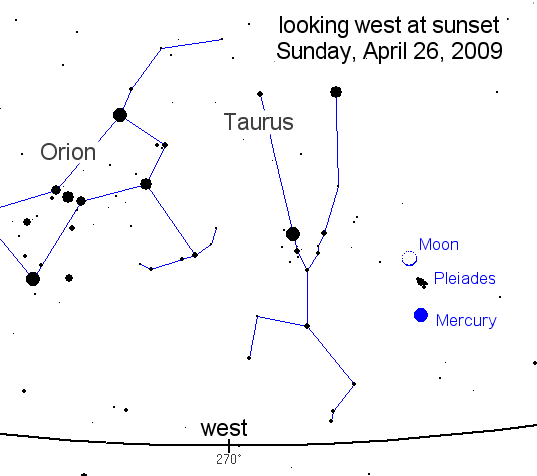
© ilco, stock.xchngA billion years after the big bang, hydrogen atoms were mysteriously torn apart. Could dark matter be the culprit?
By about a billion years after the big bang, our universe was reionised. Hydrogen atoms were torn apart into electrons and protons, but the perpetrator has been something of a mystery. Could dark matter be responsible?
Neutral atoms, mostly of hydrogen, formed about 380,000 years after the big bang, when the universe cooled enough for electrons and nuclei to combine. Most astronomers suspect that the hydrogen was reionised by the first generation of stars (see diagram below). No telescope has ever peered far enough back in time to see the first stars form, but they are thought to have been giants, and their ferocious ultraviolet light could have done the trick.
But Dan Hooper and Alexander Belikov of Fermilab in Batavia, Illinois, think that dark matter - the unseen stuff that makes up about 85 per cent of all matter - could have reionised the universe. Dark matter is thought to be made of massive particles that are predicted to annihilate when they collide, spewing out radiation.
When dark matter clumped together under gravity in the early universe, some of the particles would have annihilated, resulting in high-energy gamma rays. Each gamma ray would have knocked out an electron from a hydrogen atom, which in turn would have dislodged an electron in another atom,
and so on. "A single gamma ray might reionise 1000 hydrogen atoms," says Hooper. "The mechanism could easily have reionised the universe."











Comment: SOTT recommends Physics and the Mysterious for an expert's view of the topic above. As the author, physicist/mathematician Arkadiusz Jadczyk writes: